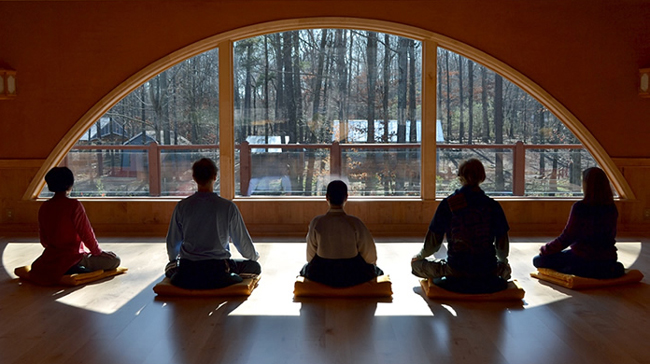A widely followed myth is that the act of worshipping or puja should be performed in the Ishaan or the North-East (NE) direction only. However, if you observe old palaces or old homes made exactly as per Vastu Shastra, puja altars were made in the West Zone of the building. Moreover, in all the temples, deities have been placed in the West, facing the East direction. To understand this concept better, let us review what is written in the Vastu Shastra. The scriptures say ‘Ishaanyam Devtagriham,’ meaning Devtas or deities reside in North-East Vastu Zone. However, the scriptures do not say that one must worship or do puja in this particular zone. Had the writer ofVishwakarma Prakash meant otherwise, while mentioning the ideal activities of different Vastu zones in the same series of shlokas, he would have written —Pujagraham instead of Devtagriham.
The word Dev means a deity or a soul guide with whom you communicate in a meditative state. This North-East Zone governs clarity of thoughts and intuitive foresights, helping you gain benefits in life. Therefore, Devtas or deities’ idols or paintings may be placed here. However, the rituals or worshipping should not be performed in this zone. To perform rituals, one can choose any of the adjoining VastuZones—NNE and ENE, since both of these zones support the processes of cleansing and strengthening of the Manomaya and Vigyanmaya Koshas. As per MahaVastuTM, different deities reside in different directions and govern varied aspects of our lives. To get the blessings of a deity, one must worship or offer puja in the particular direction which is governed by that deity. For example, puja of Lord Hanuman and Goddess Mother Durga should be performed in South (S) Zone only. Similarly, one should placepuja altars of different Devtas in the 16 Vastu Zones as per the respective zones governed by them.

